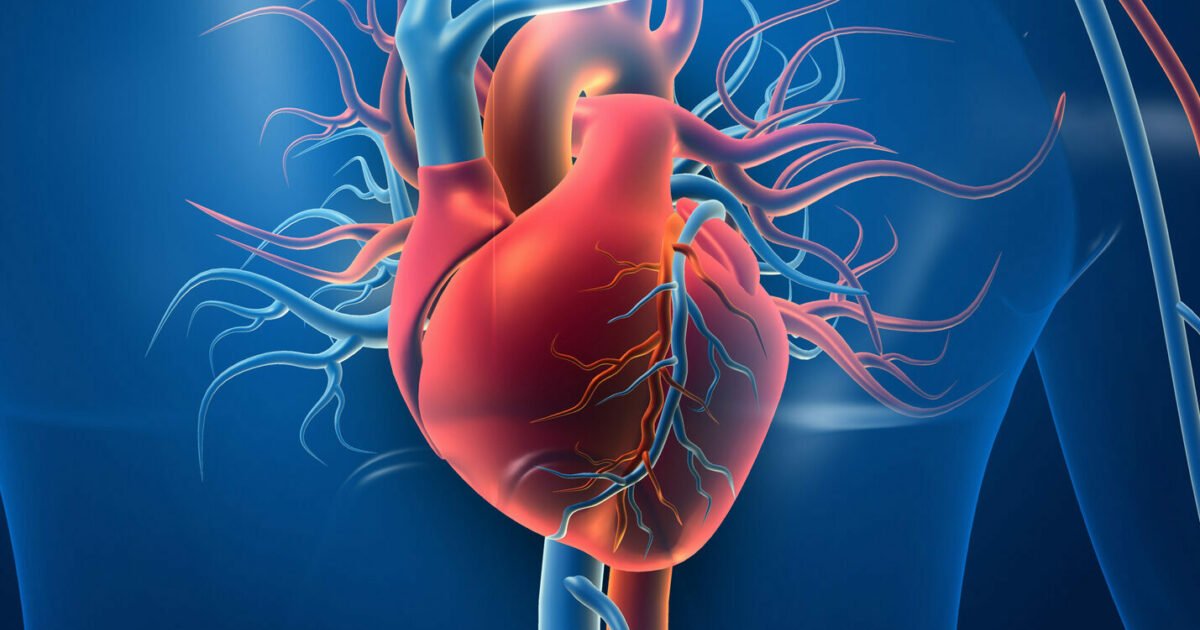AI crucial in tackling pandemics like the COVID 19
June 02, 2020 | Tuesday | Views
Vijai Shankar Raja, Founder of HELYXON shares his views on the crucial role of AI & technology in tackling pandemics like COVID-19

In December 2019, Canada-based Artificial Intelligence backed platform BlueDot spotted a cluster of pneumonia-like illnesses spreading in Wuhan, China. Scanning health data from multiple sources, the platform was able to identify the contagion, warning its clients about an impending global outbreak. BluDot’s prediction came much before WHO officially warned the world about the novel coronavirus threat. AI-based data analytics and predictive modelling techniques give an in-depth insight into the spread of diseases and helps forecast future outbreaks in time to be able to prevent them. This is just one example of how the use of Artificial Intelligence is helping the human race identify, tackle and manage such diseases. To be fair, the world is not new to pandemics. In fact, over the past 10 years a series of such outbreaks have jolted the world --- be it SARS, Ebola, Nipah or COVID 19 -- the latest and the most devastating of zoonotic diseases to have hit the globe. While the world is still grossly under-prepared to deal with such pandemics, new age digital and Artificial Intelligence backed technology using biosensors and remote monitoring is offering remarkable new ways to tackle such health crisis.
Much like other fields, AI has also boosted healthcare with intelligent machines that can emulate human behavior, offer greater precision and can analyze loads of scattered data and make sense of it. According to a market research, the global artificial intelligence in healthcare market is expected to reach USD 31.3 billion by 2025. Some factors fuelling this surge include increasing adoption of precision medicine, use of big data in healthcare and co-opting of cost cutting technologies in healthcare.
Speeding diagnosis and flattening the disease curve
With faster diagnosis critical to containing the disease spread and flattening the curve, Artificial Intelligence backed interventions are emerging key solutions in the global fight against COVID 19. A number of new AI-based inventions are helping the medical fraternity improve its diagnosis capability. Researchers in China have claimed to have successfully used AI to diagnose COVID 19 from CT Scans of lungs, which is a much faster diagnostic solution that the sputum test currently being used. Another set of researchers in the US and UK have developed an AI model that can predict whether someone is likely to have COVID-19 based on their symptoms. According to the researchers this may provide help for populations where access to testing is limited.
Similarly, a team of biotechnology students and a professor from Mumbai has claimed to have developed an AI tool to test COVID-19 through voice-based diagnosis using a smartphone.
Clearly, AI based tools offer the new age solution to diagnose, tackle and address such pandemics in the future.
Mass screening of patients
Experience has shown that countries that were successful in widening their testing net were the ones that fared better in the fight against COVID 19. A wider testing net allows access to more accurate information about disease penetration and Spread. This in turn allows for better informed policy decisions. Screening of people in public places, offices, hospitals or public transport systems such as airports, railway stations etc is another area that needs to be taken seriously. Accurate screening can allow authorities to better curtail entry of suspected people ad contain the disease spread. However, thermally screening thousands of people every day at such joints is an uphill difficult task and also raises the threat of a large crowd gathering in waiting queues to be screened. AI-based mass screening technology can be an effective answer to this. In fact, Baidu, a Chinese multinational has already built AI-based solutions to effectively screen large populations and detect a change in their body temperature while they are on the move. This system can examine about 200 people per minute without disrupting the flow of people. Such technologies are ideal to be implemented in crowded areas, hospitals, railway stations, airports, etc to quickly identify suspected patients and quarantine them.
In Israel, a health insurance providing organization is using AI technology to run a data screening on its members to identify those who are most at risk of severe covid-19 complications. This tool draws upon data such as age, BMI, existing health conditions and previous history of hospital admissions to spot at-risk individuals and fast track their diagnosis.
Effective monitoring of patients
Another critical usage of AI technology is in improving treatment outcomes and installing better patient monitoring mechanisms. COVID 19 patients, particularly those deemed high risk, need constant monitoring of health parameters. However, with hospitals inundated with patients, manual monitoring of patients is not easy. AI based tools offer a valuable solution to automate monitoring of patients’ parameters such as heart rate, temperature, blood pressure, oxygen saturation, among others. Digital solutions such as the ones created by Helyxon in collaboration with IIT Madras are helping hospitals across the world institute better patient monitoring mechanisms. Not just in hospitals, these digital systems offer an effective way to monitor patients quarantined at home as well. Helyxon’s devices use biosensors and keep a track of the body’s vital parameters. The devices keep a track of the spikes and aberrations and whenever an anomaly is observed a system-generated call alert is made to the user while an automatic escalation to the local provider is done. Interestingly, the devices are also equipped with Geo-fencing tracking alerts to keep a track of patients’ movements and ensure isolated patients do not violate the provisions of quarantine.
Use of AI platforms, biosensor devices and remote monitoring technologies is helping create better disease management protocols by improving diagnosis, screening and monitoring drives. The use of such technology has also made it easier for researchers to find relevant data and studies to acquire new insights or approaches to address the COVID-19 outbreak.










